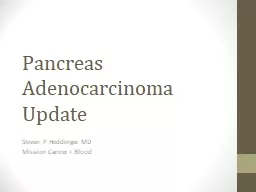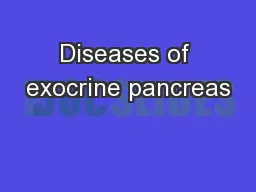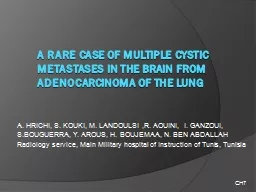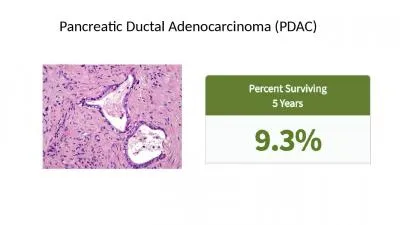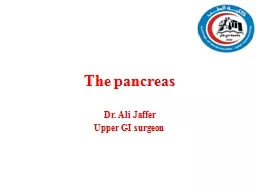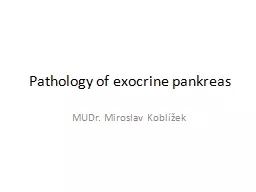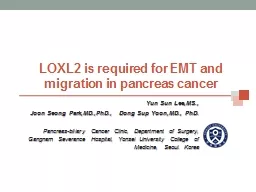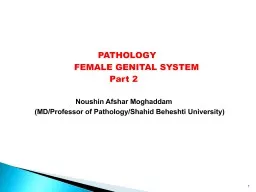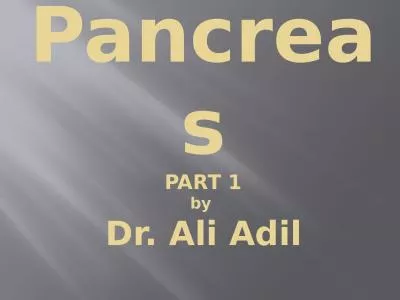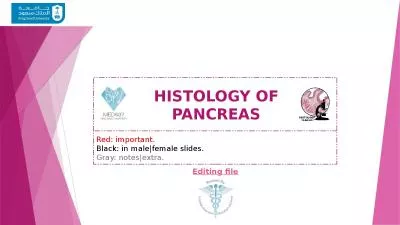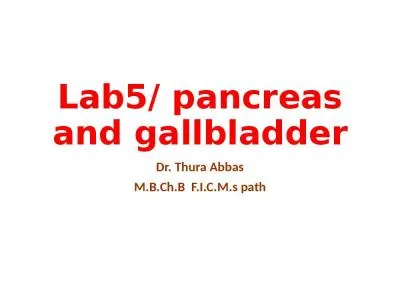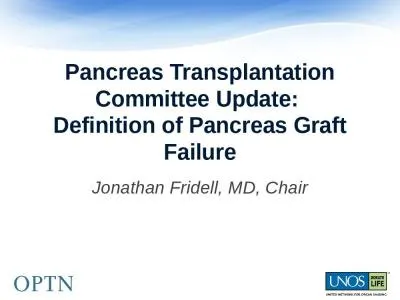PPT-Pancreas Adenocarcinoma Update
Author : tracy | Published Date : 2022-02-12
Steven P Heddinger MD Mission Cancer Blood Pancreas Adenocarcinoma Approximately 56700 people develop exocrine pancreatic cancer each year in the United States
Presentation Embed Code
Download Presentation
Download Presentation The PPT/PDF document "Pancreas Adenocarcinoma Update" is the property of its rightful owner. Permission is granted to download and print the materials on this website for personal, non-commercial use only, and to display it on your personal computer provided you do not modify the materials and that you retain all copyright notices contained in the materials. By downloading content from our website, you accept the terms of this agreement.
Pancreas Adenocarcinoma Update: Transcript
Download Rules Of Document
"Pancreas Adenocarcinoma Update"The content belongs to its owner. You may download and print it for personal use, without modification, and keep all copyright notices. By downloading, you agree to these terms.
Related Documents

